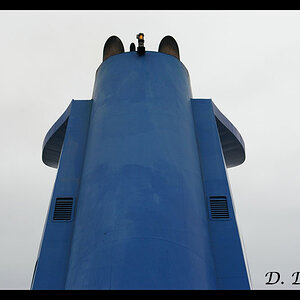Southerngal
TPF Noob!
- Joined
- Jun 8, 2007
- Messages
- 299
- Reaction score
- 0
- Location
- Georgia
- Can others edit my Photos
- Photos OK to edit
What is the difference in jpeg fine, normal, basic, and which is better, if you choose to shoot jpeg? Image size....how much does the jump from medium to large on your camera effect the image quality?



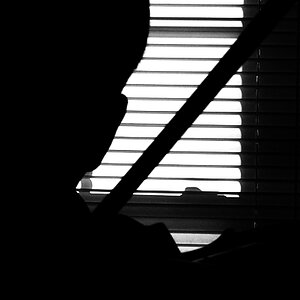
![[No title]](/data/xfmg/thumbnail/42/42059-61b97bbebb00e6276672551f4e3b3e43.jpg?1619739995)
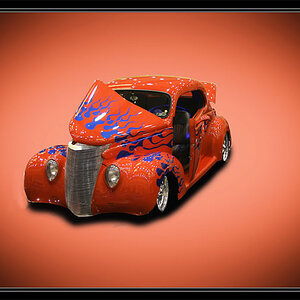
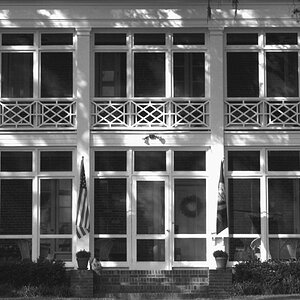
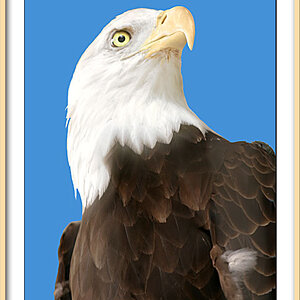
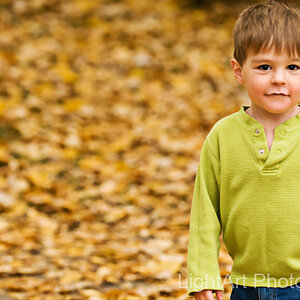
![[No title]](/data/xfmg/thumbnail/31/31014-6b1a572624824b852f5adaf3594767af.jpg?1619734569)
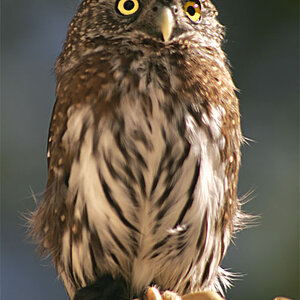
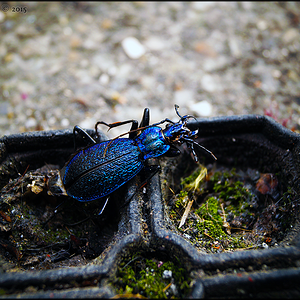
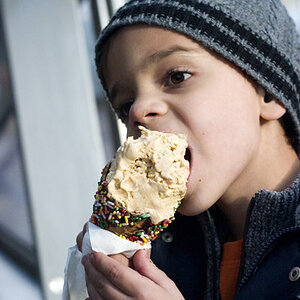
![[No title]](/data/xfmg/thumbnail/42/42061-9f4eb186c434652d6587c8bcdde59502.jpg?1619739997)
